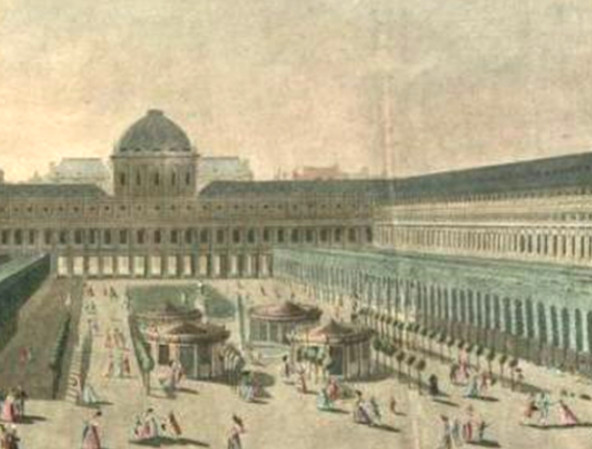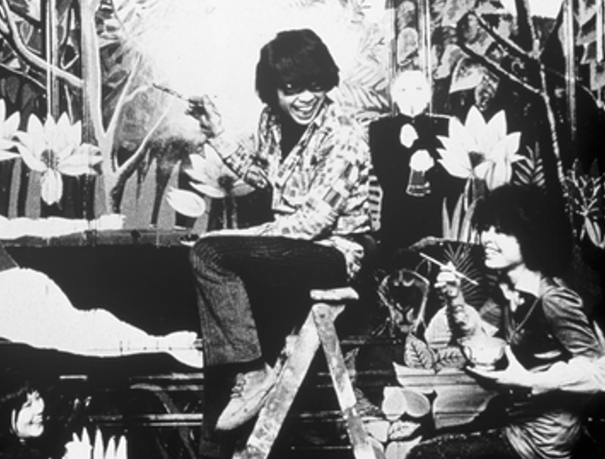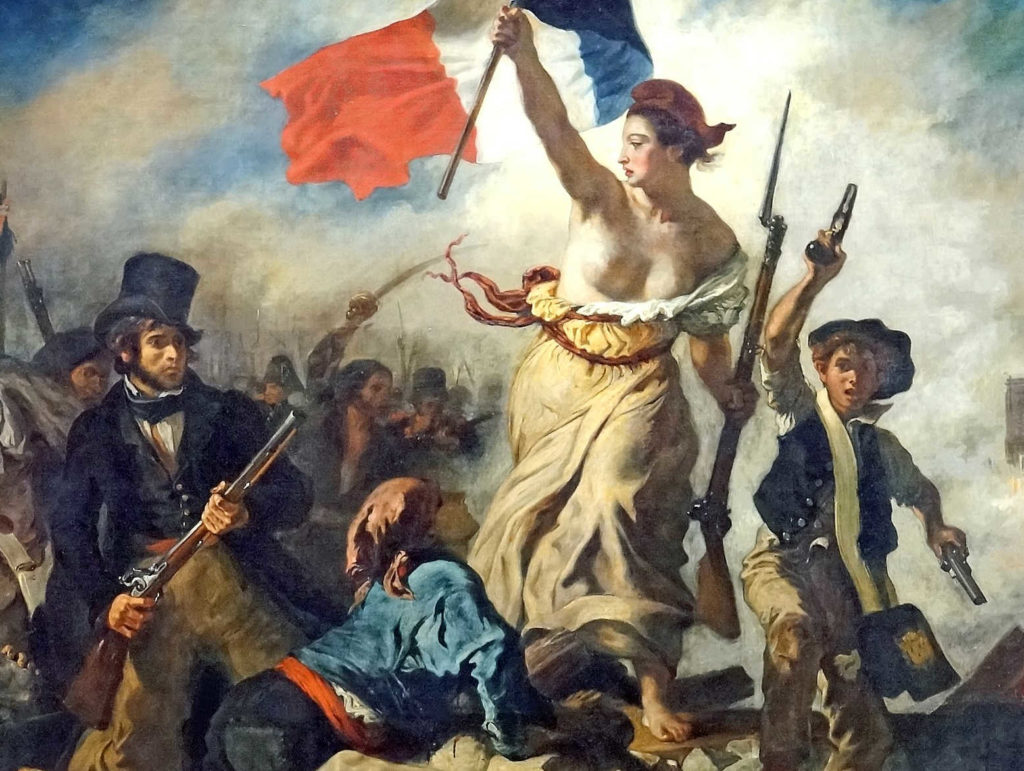Palais Royal, city of rebels and pleasures

Louis Philippe Joseph d’Orléans, later Philippe-Egalité
At his time, the garden and arcades became a famous rendez-vous for all the libertins of Europe, and the fame increased within the years. His grand grand son, Louis Philippe Joseph, cousin of Louis the 16th, rebuilt the complex in 1780, adding three arcades to be rented for shops. He also welcomed state’s conspirators, became a revolution godfather, helping organizing and financing rebelious events. He sponsored the Camille Desmoulins speech that was followed by the Bastille overtaken. Short with money, he couldn’t complete the fourth arcade and filled it by a temporary galerie made of wood, named galerie des bois, that was soon populated by gamblers and prostitutes. Eventually, he dropped his title d’Orléans, took the name of Philippe Egalité and started a friendship with dangerous and extremist revolutionaries. He voted the king’s death, and was finally himself crushed by the revolution infernal machinary. He was shown to the crowd on his own gardens, before being guillotined like so many others he saw from his own window. Three decades later, his son became king under the name of Louis Philippe. The galerie des bois, later rebuilt in stone and named galerie d’Orléans, was the first covered galerie and ancestor of parisian covered passages.The stories of Non classé

Palais Royal, city of rebels and pleasures
Home of the Orléans House, the rebelious princes of royal blood, the Palais Royal, a former Cardinal de Richelieu's palace, soon became a place for pleasures. Philippe...




